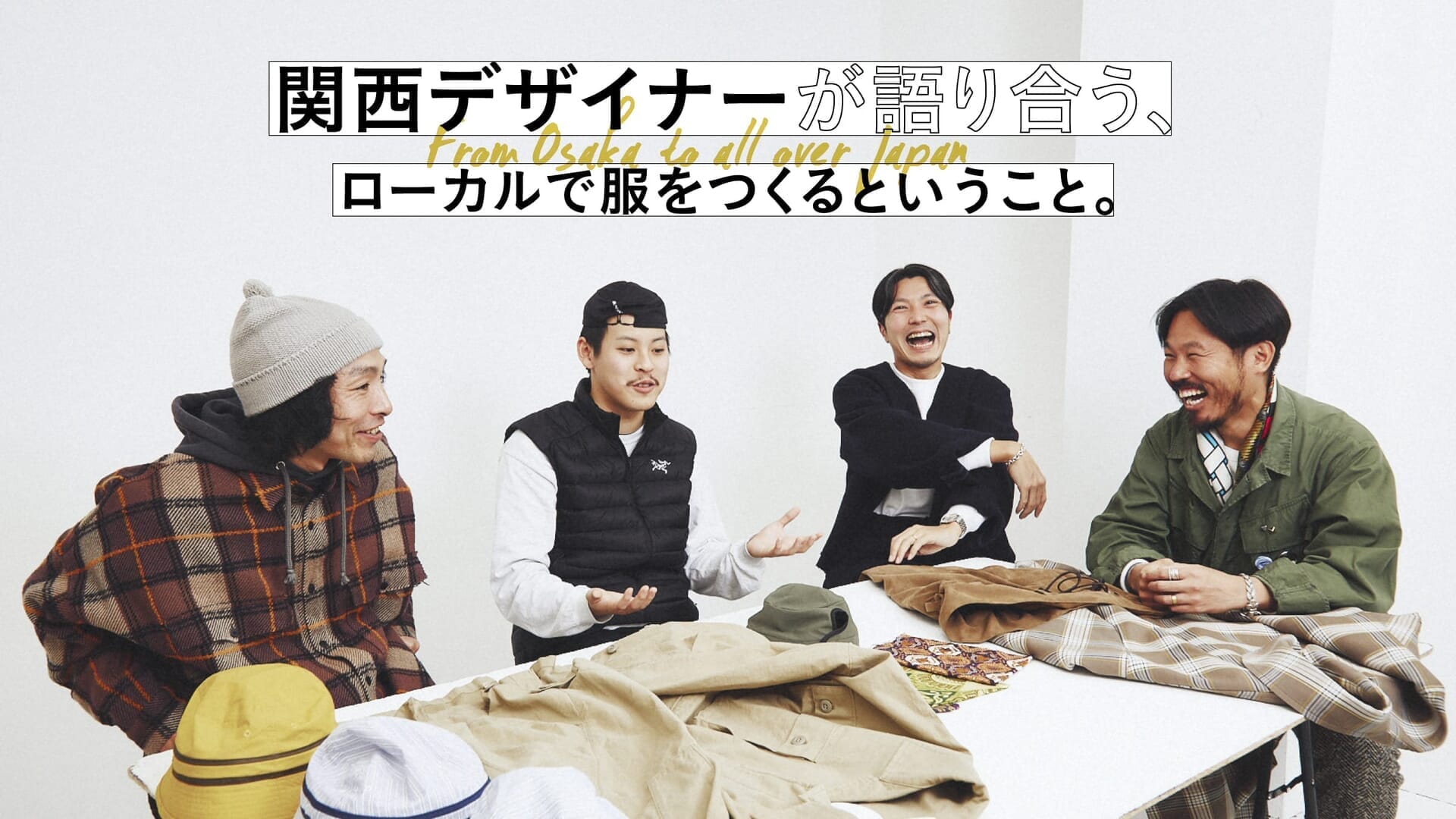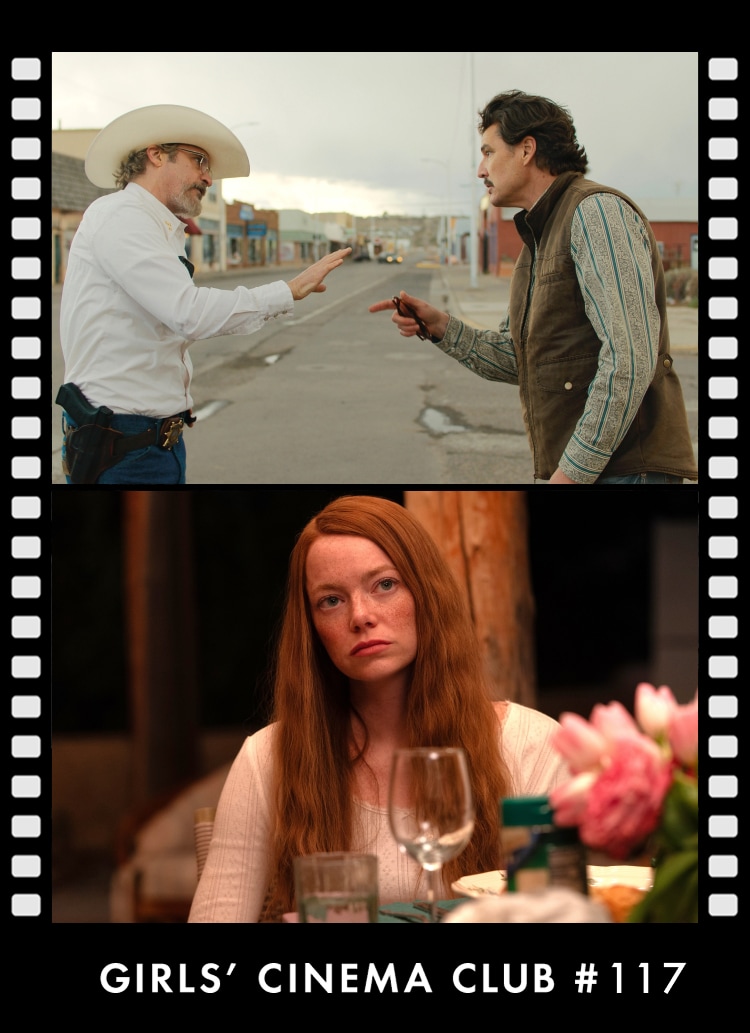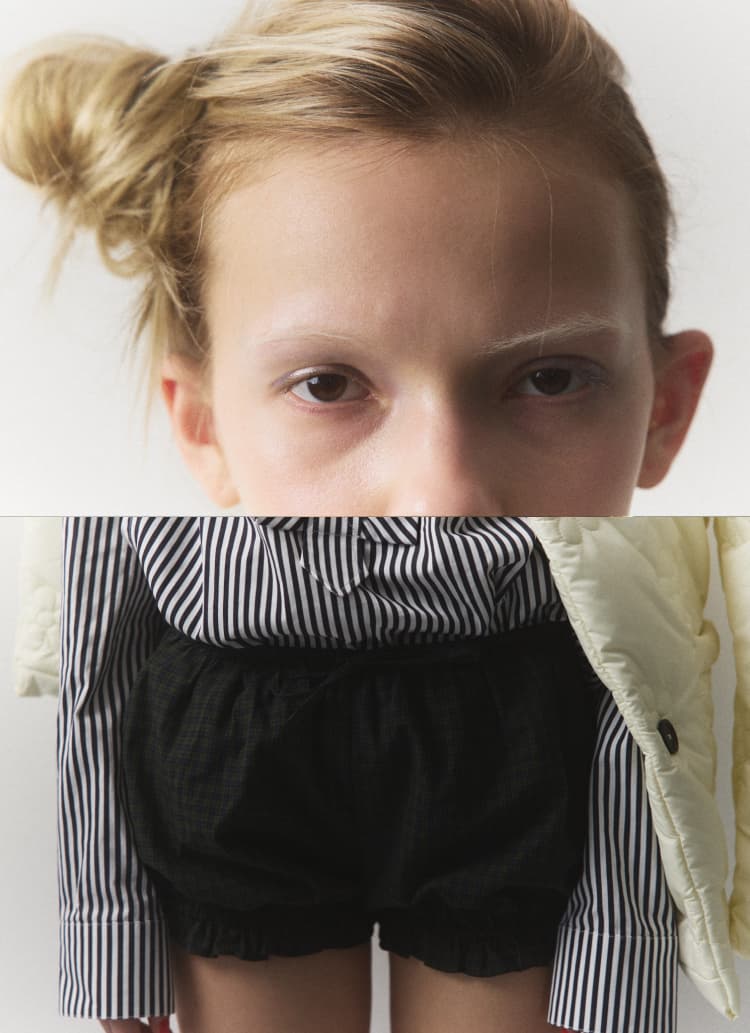Advantages of making clothes in Osaka .
Do you see any advantage in using the Kansai region as a base for your brand?
Ushita:I've been waiting for that. I've been waiting for that question (laughs). I was born in Tokyo and grew up in Tokyo via Southeast Asia, but one of the reasons I moved my base was because I felt there were things I could do only in Osaka.
Kawasaki:. It's an unusual career, isn't it? It is not often that someone from Tokyo moves to Kansai, even if the reverse is true.
Saito:. That is what makes Ushida-san unique, isn't it?

What exactly do you mean by "only in Osaka can we do this"?
Ushita:In my opinion, Tokyo is a place where trends are constantly swirling around, while Osaka is a place where many people are craftsmen, and brands that are not flashy but have their own peculiarities are gathered together. It is not a question of which is better or worse, but what suited my style was the Osaka environment, where it is easy to stay grounded and not be influenced by trends or information.

Saito:I understand that feeling very well. I was in Tokyo for a little while before I started "Atta," and there is so much information over there, even unnecessary information. And everyone is in a hurry, so there is little time for output. It is not a good environment for a creator.
Forest:That's for sure! People in Tokyo are not afraid to send me e-mails around 1:00 a.m. (laughs). (Laughs.) They are working so hard.
Saito:Yes, that's right. And there was also a sense of division of labor, with many people involved in the brand as a whole, and the relationship was refreshing.
Ushita:I'm not dissing Tokyo by any means, am I? (Laughs)
Saito:Definitely not (laughs). . it just didn't fit my style.
Forest:. On the contrary, Kansai people are very open. They tell each other about their situation without hiding and say, "Let's all get excited! Let's make it happen together! They value the connections between the two sides of the world.
Ushita:It is true that people in Kansai are warm. People in Tokyo are often said to be cold. When I was in Tokyo, I didn't understand it at all, but when I went back to my home country, I felt that they were very cold.
Forest:Are you okay? You're not getting horny? (laughs)

Ushita:But it's not that I'm cold , it's just that I have a cool way of communicating! While I have come to think of it as refreshing, Tokyo is also my hometown, so I know many good things about it.
Forest:You did a good job of following up (laughs). Also, Kansai people have an underlying feeling that "something different from others is good," both for the creator and the customer.
It's like "I don't like to wear clothes.
Forest:. Yes, we do. And yet, because we value connecting with others, I think we appreciate each other's individuality.
Kawasaki:. I think that may be true. . I also think that Osaka is the city least influenced by Tokyo. I have had my clothes placed in stores in various areas, and I think everyone is influenced by Tokyo. But Osaka is a little different. It is unique, and I think that analyzing Tokyo from the outside in such an environment will help us create clothes with an interesting point of view.

Forest:I didn't know there was such a tendency. . Also, Osaka is localized from town to town. To take it to the extreme, I feel that the fashion of people on the streets of Umeda and Ame-mura are different. Not only in fashion, but also in the coexistence of various cultures, which I think is what makes Osaka unique.
Saito:. Each city is certainly unique. For those who come from outside Kansai, it may be chaos (laughs).
Ushita:I think it's the same kind of feeling, but in Osaka, there are private select stores even in the so-called central area. This is not the case in Tokyo. There is a difference in rent, but I think Osaka has the soil in which unique stores can be established.

. It may indeed be an environment in which it is easy to express one's individuality. Conversely, what are the advantages of Tokyo?
Kawasaki:As long as you are running a brand, of course you have to have buyers look at your products and place them in stores where you want them to be placed. However, even if we hold an exhibition in Tokyo, if the timing is not right with the buyers, they will not see our products. I think that Tokyo is definitely a better place for us to have opportunities to be seen by such people.
Forest:The other factor is the level of attention. Brands from Tokyo tend to attract attention both domestically and internationally. In terms of penetration into the scene, I would say that Tokyo brands are faster and more certain.
Saito:However, since social networking and the Internet have become so widespread, I feel that there is no need to stick to Tokyo. Brands can communicate directly to consumers, and the means to do so are becoming more diverse. Regardless of whether it is in Tokyo or Osaka, I think the opportunities to attract attention have increased dramatically.









